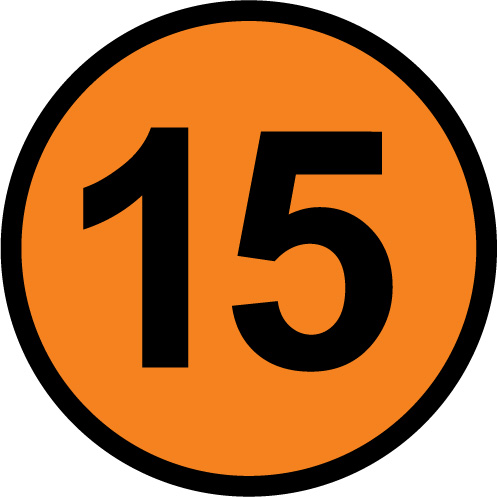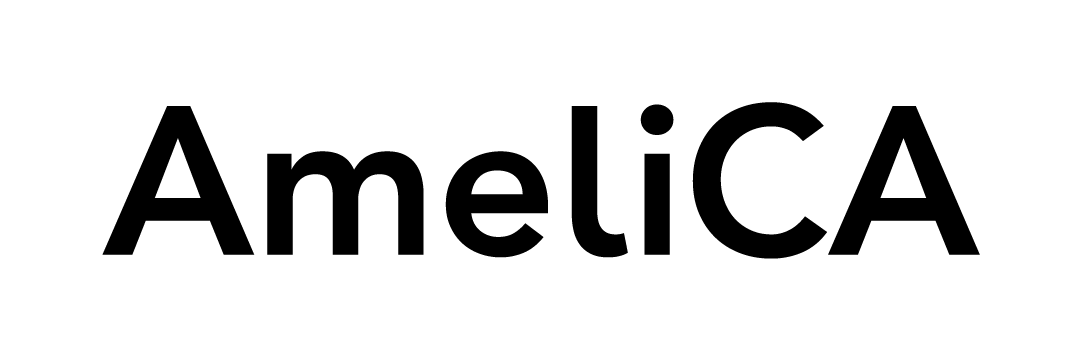The grapho-perceptive as a strategy for the psychomotor development of children in early initial education.
DOI:
https://doi.org/10.53591/rug.v125i2.430Keywords:
psychomotor development, initial education, graphomotor skills, praxiaAbstract
In this research, the diagnose graphomotor skills as a psychomotor strategic part, and cognitive development in early childhood children, for growth and effectiveness in everyday school activities. The review of research work related to motor skills, yields certain results that are alarming, in terms of motor development, generating difficulties and detachment in school responsibilities, especially in children in early childhood education. Throughout the investigation, in conjunction with the theoretical review, this problem is attacked based on graphomotor skills, as the main axis, capable of generating a series of knowledge and above all a methodological model that allows solving the observed situation. The subject becomes interesting, due to the amount of skills and abilities that the graphomotor as a tool, is throwing. The praxia, harmoniously accompanies the construction of the methodology, due to its goodness related to the psychomotor system to increase the body movement of the writing. This research has a qualitative, descriptive and explanatory approach, which reinforces the methodology applied. The conclusions and discussions will give support to the proposed methodology, which opens the doors to new lines of research, for future studies, related to the cognitive development in children of early education.
References
Berruezo, P. (2002). “La grafomotricidad: en movimiento de la escritura”. España: Revista Iberoamericana de Psicomotricidad y técnicas corporales.
Bruner, J. (1979). El desarrollo del niño. Madrid: Morata.
Cabrera, T., Carpio, J., Figueroa, A., Martínez, M., y Roja, K. (2010). Alteraciones de la motricidad fina en niños de 3 a 5 años de la institución educativa Aeiotu La Playa. Barranquilla: Salud Movimiento.
Calmy, G. (1987). “La educación del gesto gráfico”, Fontanella, Barcelona: Aries.
Cerdá, C. y Sáiz, E. (2013). La infancia y los problemas de aprendizaje: Enseñar la lectoescritura con metodologías prácticas educativas. Valencia, España: III Congreso Internacional Educación Católica para el siglo XXI.
Dorland’s Medical Dictionary, (1974). Philadelphia: W.B.Saunders.
Estrada, R. (2006) La grafomotricidad como un proceso neurolingüístico. España: Universidad de Murcia.
Gallego, J. y Fernández de Haro, E. (2003). Enciclopedia de Educación Infantil. Archidona: Aljibe.
Gesell, A. (1956). El niño de 1 a 5 años. Barcelona, España: Paidós.
Gonzales, M. (2016). Marcadores del desarrollo infantil, enfoque Neuropsicopedagógico. Bolivia: Universidad La Salle en Bolivia.
Martínez, M. (2009). La nueva ciencia. Su desafío, lógica y método. México, D.F: Trillas.
Moreno, M. (2015). “La grafomotricidad para el desarrollo de la escritura en los niños y niñas del centro de educación inicial de la Unidad Educativa Riobamba, paralelo B, ciudad de Riobamba, provincia de Chimborazo, año lectivo 2013-2014”. Riobamba, Ecuador: Universidad Nacional de Chimborazo.
Murcia, N. (2011). La motricidad humana: expresión de simbólicos e imaginarios sociales. La Plata, Argentina: Educación Física y contextos críticos, Universidad Nacional de La Plata, Facultad de Humanidades y Ciencias de la Educación.
Nuño, M. (1989). Influencia de la madurez perceptiva visual y visiomotora en la técnica de iniciación a la escritura “Le Bon Depart”. Mallorca, España: UIB.
Osorio, E., Torres-Sánchez, L., Hernández, M., López-Carrillo, L. y Schnaas, L. (2010). Estimulación en el hogar y desarrollo motor en niños mexicanos de 36 meses. México: Paniagua
Piaget, J. (1991). Seis estudios de Psicología. Barcelona, España: Labor S.A.
Piaget, J., y Inhelder, G. (1997). Psicología del niño. Madrid: Morata.
Rigal, R. (2006). Educación motriz y educación psicomotriz en preescolar y primaria. Acciones motrices y primeros aprendizajes. Barcelona, España: INDE publicaciones.
Rius, M. (2003). “Educación de la grafomotricidad: un proceso natural”. Aljibe, Málaga: Enciclopedia de Educación Infantil.
Tallis, J y Soprano, M. (1991). Neuropediatría, neuropsicología y aprendizaje. España: Nueva visión.
Published
How to Cite
Issue
Section
License

This work is licensed under a Creative Commons Attribution-NonCommercial-NoDerivatives 4.0 International License.

This work is licensed under a Creative Commons Attribution-NonCommercial-NoDerivatives 4.0. International License.
You are free to:
- Share — copy and redistribute the material in any medium or format
- The licensor cannot revoke these freedoms as long as you follow the license terms.
Under the following terms:
- Attribution — You must give appropriate credit , provide a link to the license, and indicate if changes were made . You may do so in any reasonable manner, but not in any way that suggests the licensor endorses you or your use.
- NonCommercial — You may not use the material for commercial purposes .
- NoDerivatives — If you remix, transform, or build upon the material, you may not distribute the modified material.
- No additional restrictions — You may not apply legal terms or technological measures that legally restrict others from doing anything the license permits.































